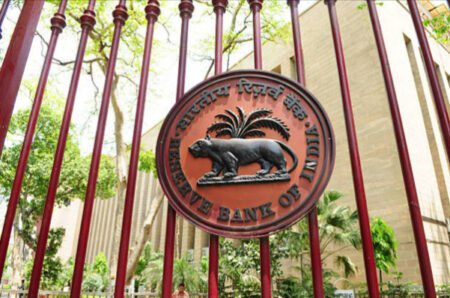Five Transformative Trends Shaping the Financial Landscape which are crucial for World Finances. On World Fintech Day 2024, fintech experts unveil five trends revolutionizing money interactions and financial services, reshaping the financial industry’s landscape. India’s fintech ecosystem, with its large tech-savvy population and increasing smartphone penetration, has experienced significant advancements. A report by Chiratae Ventures and Ernest and Young (EY) projects that the Indian fintech market is set to achieve a 10X growth, reaching $1 trillion in Assets Under Management (AUM) and $200 billion in revenue. These trends are transforming how individuals engage with money, payments, and financial services, paving the way for the future of fintech.
Trend 1: Personalized Financial Services with AI/ML
AI-powered chatbots and machine learning algorithms are enabling fintech companies to offer quick and personalized customer service. Generative AI is expected to lead the way, revolutionizing underwriting and customer service products. As AI and machine learning technologies become integral parts of businesses, dedicated research teams on AI are crucial for gaining momentum in the fintech industry. However, the use of AI and ML is subject to legislative and regulatory initiatives, such as data privacy laws and AI-specific regulations, necessitating compliance efforts from businesses.
Trend 2: Financial Inclusion through Alternative Lending
The alternative lending segment is projected to achieve remarkable transaction value, driven by crowd lending, which is leading in providing personalized loan and credit options. Alternative lenders are leveraging AI and alternative data to effectively underwrite and tailor products, making them accessible to underserved populations. The seamless and tech-driven experience offered by alternative lenders is attracting MSMEs and subprime applicants, promoting financial inclusion.
Trend 3: Embedded Finance and Payment Innovations
Embedded finance and Open Banking are transforming interactions with financial institutions, providing flexible operations and access to revenue streams with low investment sources. Innovations in digital payments like UPI Lite and UPI 123PAY are simplifying payments and enhancing the overall fintech experience. Fintech companies must continuously invest in cutting-edge data science and AI technologies to stay competitive and ensure enhanced customer experiences.
Trend 4: Central Bank Digital Currencies (CBDCs) Knock
Governments and central banks worldwide are exploring Central Bank Digital Currencies (CBDCs) to digitize national currencies. CBDCs promise faster and cheaper cross-border transactions, enhanced financial inclusion, and improved monetary policy implementation. However, fintech companies need to adapt their offerings to align with CBDC-based systems, and competition may intensify as more players enter the space.
Trend 5: Relook at Decentralized Finance (DeFi) Revolution
Decentralized Finance (DeFi) platforms powered by blockchain and smart contracts offer a wide array of financial services without traditional intermediaries. DeFi opens up opportunities for global financial inclusion and allows users to have full control of their assets. While the technology is proven, fully optimizing products based on DeFi and blockchain remains a work in progress for mainstream fintech. Generative AI has emerged as a powerful tool for understanding users in real-time and making fintech predictions.
Conclusion
As India’s fintech market continues to evolve, these transformative trends hold immense potential to drive long-term changes in the financial industry. Fintech companies are addressing structural issues, expanding the market, and outpacing traditional incumbents with their innovative approach. With a focus on personalized financial services, financial inclusion, embedded finance, and technological advancements, Indian fintech companies are well-positioned to shape the future of finance and transform the financial landscape.













